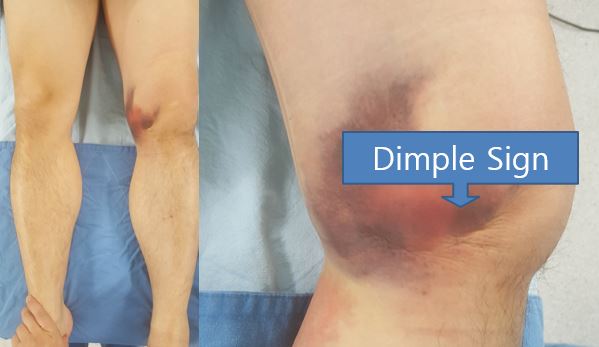Irreducible Knee Dislocations: Is Closed Reduction Possible?
No studies have proven the buttonhole phenomenon based on MRI showing hamstring tendon entrapment, which holds a knee dislocation in an irreducible state despite attempts at closed reduction via conventional manual traction techniques.
This video presents a rare, irreducible knee dislocation with entrapment of the hamstring tendon and demonstrates the technique for closed reduction. The video discusses the case presentation of a 53-year-old man who sustained a twisting injury to his left knee while riding a bicycle. Plain radiographs confirmed a posterolateral knee dislocation. Reduction of the dislocated knee was attempted via manual traction in the emergency department; however, the patient reported continued knee dislocation and severe pain.
A posterolateral knee dislocation is a rare injury that is considered irreducible via closed reduction because of soft-tissue incarceration, such as a ruptured joint capsule and retinaculum. In this patient, MRI confirmed the buttonhole phenomenon due to entrapment of the hamstring tendon. The patient's dislocated knee was reduced via closed manipulation with knee flexion, posterior draw, and internal rotation of the lower leg.
